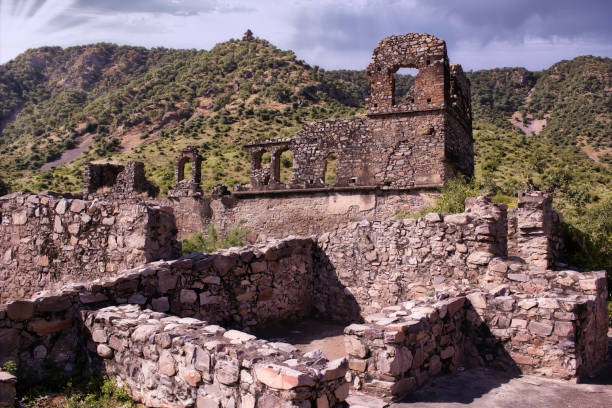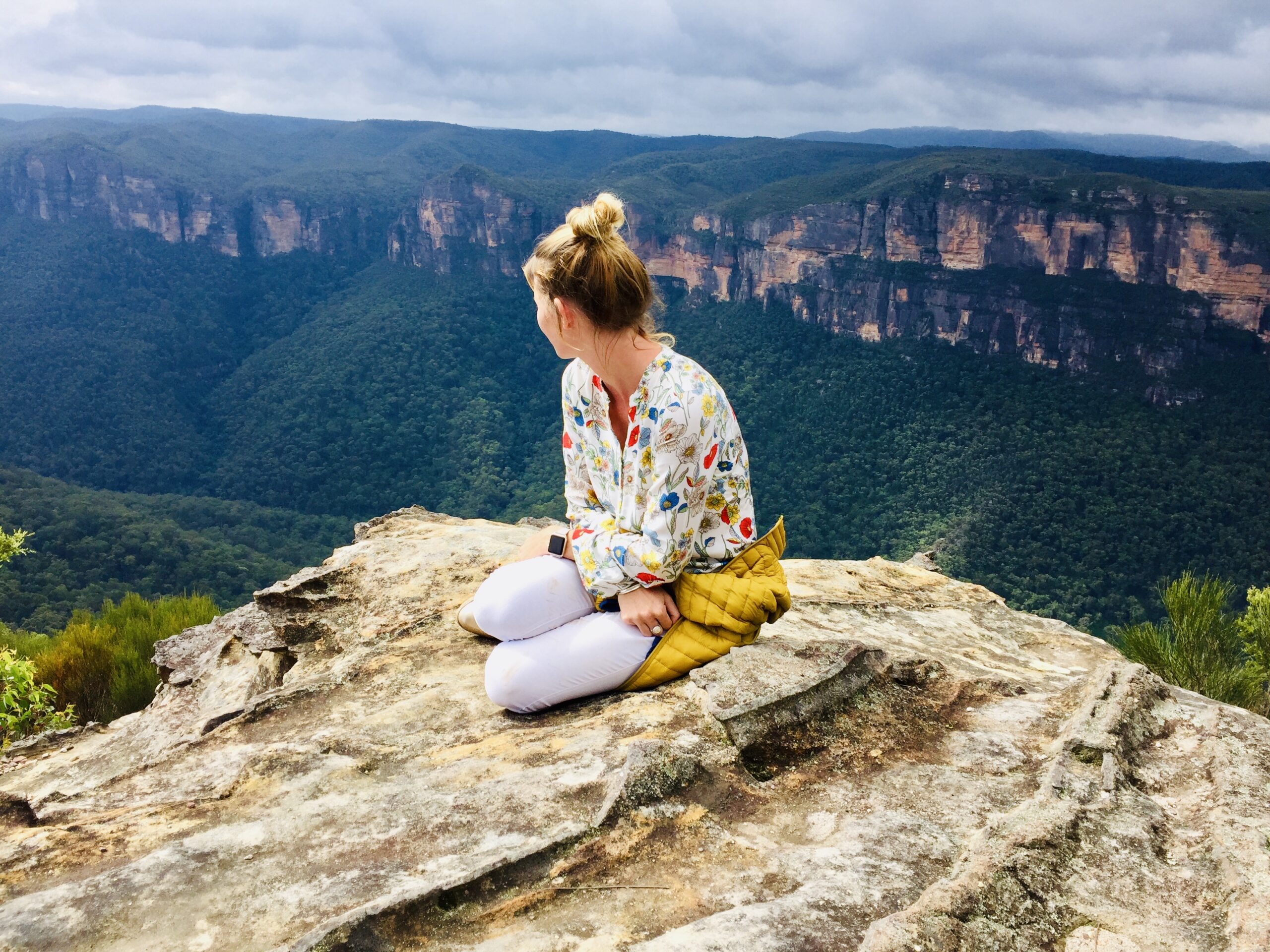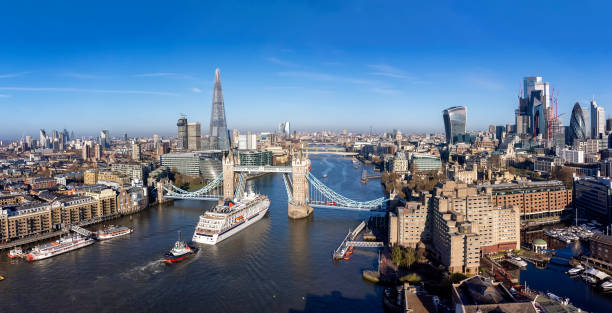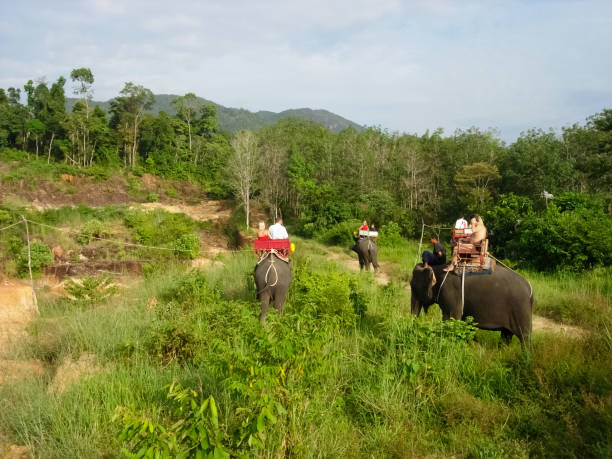BHANGARH FORT RAJASTHAN – INDIA’S MOST HAUNTED
“It was almost night, and we wanted to get out immediately. It suddenly became dark. As we were walking down a narrow staircase, one of our friends felt something. He started acting strangely and screaming. We tried shaking him, but he ran out of the palace toward the Shiv Mandir and then collapsed. Pushpendra, my travel companion, said he didn’t know what had happened. We were driving from Jaipur to Alwar (Rajasthan). We were headed to one of the most sinister ghost towns in India. Pushpendra told us about his experiences at Bhangarh Fort Rajasthan, which is believed to be India’s most haunted location. Rajasthan is full of spooky tales, but none compare to the legend of Bhangarh Fort. It is one of the most haunted places in India. It was pretty late in the afternoon, and the sun was very harsh. It is approximately 80 km from Jaipur and Bhangarh Fort. The journey takes around an hour by road. We were close to getting there.
Pushpendra continued his story about Bhangarh Fort. Pushpendra continued his account of Bhangarh Fort. My ex-colleague also had a similar experience on another trip. She began to cry and fell again at the temple. We tried to help, but she was still dazed. Locals told us that only the Shiva temple could protect us from evil spirits. As we entered the Bhangarh Fort Rajasthan portals, he said that the Shiva temple is the only place where you can feel safe from the spirits.
Bhangarh, located in Rajasthan, is a tiny hamlet in Alwar. It was once a kingdom ruled over by the Kachwaha Rajputs. It is now one of India’s most haunted towns and is believed to be among India’s top ten haunted spots. In 1573, Raja Bhagwant Singh (the ruler of Amber) built the Bhangarh fort Rajasthan for his younger son Madho Singh. It has been abandoned since then, according to some sources. Here are the preserved palace and fortresses from the 16th century, along with monuments, step-wells, and temples.
Legends of black magic and sorcerers are a common theme in the village. Locals believe the town, destroyed overnight, comes back to life with spirits after sunset. Ghosts haunt the ruins, and the palace is their favorite. They even hold a ghost fest once a year where all of them gather for a conference. It is no wonder it is called one of India’s most haunted ghost towns.
Pushpendra and I went to Bhangarh during broad daylight, but the atmosphere was still eerie. As we passed Gola Ka Bass, there was no sign of civilization. There were hardly any shops or homes. We were the only vehicle to be seen on the road. We were surrounded by the Aravalli Hills, where Bhangarh Fort is on rocky terrain at the Sariska Reserve’s border. As the hillsides were covered in forests, lush greenery blinded me. The landscape was uncanny in its beauty.
An entrance to the temple was marked by a small temple where a guard was silent. A few locals were doing a ritual in the temple. A few meters away was the fort complex. The watchman warned me not to wait for sunset because everyone, even him, would be leaving the grounds. He said that cowherds were not permitted to graze their cattle within the area. The Indian government has also banned entry after dark, while paranormal investigators have confirmed that the place is haunted. The ASI has a board that states that access is prohibited between sunset and dawn.
As we entered the palace complex, the crumbling ruins of the once-thriving village welcomed us. It was filled with a feeling of desolation. There were crumbles everywhere. We were the only tourists there. A few people from nearby villages walked by the temples. A group of boys walked around the rubble of old mansions or havelis.
We walked past the Jauhri Bazaar, which was once part of the village of Bhangarh. Some homes were once home to dancing girls. Two locals approached us, and the brightly colored lady in bright yellow stood out among the ruins. They had previously visited the temples but did not visit the palace. According to her, the atmosphere was strange. She said, “Not right,” in Hindi, then left. A man appeared behind a vast banyan tree, asking me if I needed a guide. He didn’t wait for me to reply but instead narrated the story about Bhangarh Fort.
A story about Bhangarh Fort
Legend has it that Rani Ratnavati was the daughter of a sorcerer who fell in love with Rani Ratnavati. She is said to have been one of the most beautiful and powerful princesses. She was Maharaja Chatr Sing’s daughter and Ajab Singh’s sister. The black magician manipulated her. He watched her maid purchase perfume from the market and then add a love potion. The princess saw his plans and ran to her palace to throw the bottle. The bottle turned into a boulder and flew all the distance to kill the magician.
He cursed the princess and said that the town would be abandoned forever. The princess was killed in a battle between Bhangarh (and the neighboring Ajabgarh). Locals believe that the spirits of the area ensure that no human beings are born or survive here. If anyone attempts to build a house in the area, houses will collapse. This is probably why the nearest village is more than five kilometers away.
Another legend tells of a Tantrik who lived high up on the hill. He ordered that the fort be built at a lower elevation than his hut while it was being constructed. Bhagwant Singh, the king, built the fort on the slope. However, his grandson Ajab Sing added columns that reached the top of the hill and cast shadows over the house of the Tantrik. The curse he placed on the town for doing it to ruin, and the rest is history.
However, historically, a famine sounded the death toll on Bhangarh. The locals abandoned the town as constant battles broke out on this land. Slowly, Bhangarh fell into oblivion. It became one of the most haunted towns in India. The haunt of the tantrik, or the sorcerer, is believed to be a small cenotaph perched atop a hill.
After being fascinated by all the stories, my path toward the fort took me to pay my respects and visit the temples. Troops of monkeys wandered around the place, disregarding all the strangeness.
There are several other gates to the fort complex. These include the Delhi Gate (main gate), the Ajmeri Gate (main gate), the Lahori Gate, and the Phulbari Gate. In ruins, you can see the temples. The Someswar temple stood tall. You can also find temples for Hanuman, Ganesh, and ManglaDevi. They are safe from evil spirits.
It was quite a sight to see the fort’s three stories. From my perspective, the famed columns were visible, but the rest of the defense was crumbling. The grand palace was located at the end of the fort complex. Hills and forests surrounded it. It was indeed a beautiful spot that the ghosts chose. It is no wonder that it is one of the most haunted places in India.
The sky suddenly became overcast, and dark clouds began to gather around us. It was late afternoon, so the locals saw it as a signal to go. I was curious if ghosts existed as we headed back. Rajasthan is home to many ghost towns and abandoned villages, like Kuldhara near Jaisalmer. However, Bhangarh Fort Rajasthan seems to live up to its reputation as the most haunted spot in India.
Are you a Bhangarh Fort Rajasthan resident and believe it is haunted? Do you believe in ghosts or spirits? Are you familiar with any other haunted locations in Rajasthan, such as the abandoned village at Kuldhara? Leave a comment to share your thoughts and experiences.
Fact file
Bhangarh Fort, located in Rajgarh in Rajasthan, is approximately 80 km from Jaipur. It is also 280 km away from Delhi. Dausa, which is 28 kilometers away, is the nearest railway station. You can hire a car from Dausa, Jaipur, or Bhangarh Fort. Sariska National Park can be found approximately 28 km away, while Ajabgarh can be found about 15 km away. Gola Ka Bass is the nearest village, and buses stop there. You can’t stay near Bhangarh Fort and its environs after sunset. You won’t find anything to eat in this area so bring some food.




Post Comment